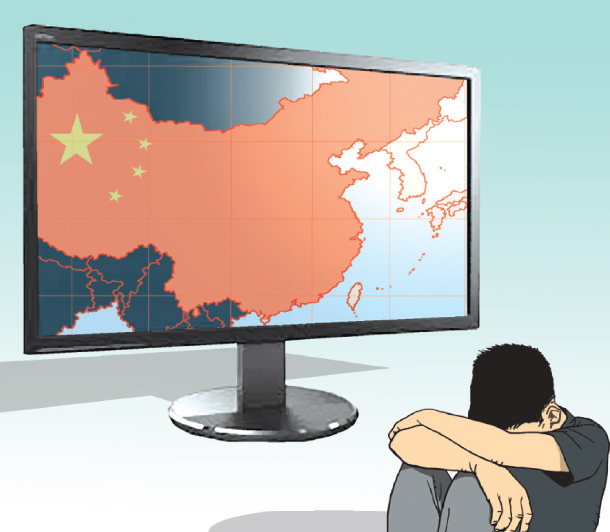Learning from LCDs

The author is an economic news editor at the JoongAng Ilbo.
The so-called 386 generation, which attended university in the 1980s at the peak of the democratization movement days, may regret that they have failed to create quality jobs for the younger generation. Their student days were filled with protests against authoritarian governments. Tear gas and street rallies were common in those days. Classes were canceled on a regular basis. But most of them landed jobs at big companies after graduation with no trouble. In those days, most large companies guaranteed jobs until retirement age. They enjoyed the best days of a dynamic economy.
That has changed. The broad unemployment rate for the youth category aged from 15 to 29 — including those between jobs or out of jobs for a lengthy period — hovered at 23.8 percent in July. That means one out of four Koreans under 30 is without a job. Frustrated, four out of 10 are preparing for civil service exams. Hundreds of thousands of college graduates can hardly find decent-paying jobs.
Korea’s top panel makers Samsung Display and LG Display have announced that they are considering the idea of closing down their money-losing liquid crystal display (LCD) lines, as LCDs can no longer compete with cheaper Chinese rivals. China has become an LCD powerhouse with government support. Korean companies could not sustain the contest with Chinese rivals that are unmatched in terms of economies of scale. Shuttering lines means the loss of many jobs. LG Display launched an early retirement program last September and plans another round this year. Its payroll was slashed by 13 percent to 29,147 as of June from 33,522 a year ago. Thousands of decent-paying jobs in large companies will be gone by the year’s end.
Korea’s LCD industry has been going downhill for a while. BOE of China pushed out LG Display in January 2017 by commanding a 22 percent share in the global market for large displays. A Korean government survey of 26,000 experts and engineers in 2015 put the display technology gap between Korea and China at 1.2 years. In just four years, Korea’s major LCD players came to announce possible shutdowns of their production lines. The industry prepared to upgrade to organic light-emitting diode (OLED) panels. But China proved to be faster. China advanced at a staggering pace under a joint government and corporate drive. Korea has been less agile. In the 2015 survey, 17 out of 24 industries were predicted to face the danger of being outpaced by their Chinese rivals — in half a year for steel and in 0.7 years for bio and robotics, for instance.
China outperforms Korea in new industries like artificial intelligence, as well as in many traditional fields. The government did not have any strategy to shield the Korean industry from China’s ambitions. In a special contribution to the September edition of the Monthly JoongAng, Kim Jung-sik, an emeritus professor of economics at Yonsei University, pointed to a lack of industrial strategy to counter China’s ascension as the biggest threat to the Korean economy. Kim predicted the downfall of Korea’s manufacturing sector if automobiles, electronics and petrochemicals give ground to Chinese competition after shipbuilding and steel. A hollowing out of the manufacturing sector means fewer jobs in large workplaces. China could be turning into a black hole sucking up Korean jobs.
The defeat of the LCD industry offers lessons on the threat to the national economy from the waning of our industrial competitiveness. If Korea does not pay greater efforts to hone its competitiveness, it is bound to be defeated by such latecomers as China. Korea too has achieved its economic progress by beating competition in IT, automobiles and petrochemicals, fields that used to be led by advanced economies.

JoongAng Ilbo, Aug. 27, Page 30










with the Korea JoongAng Daily
To write comments, please log in to one of the accounts.
Standards Board Policy (0/250자)